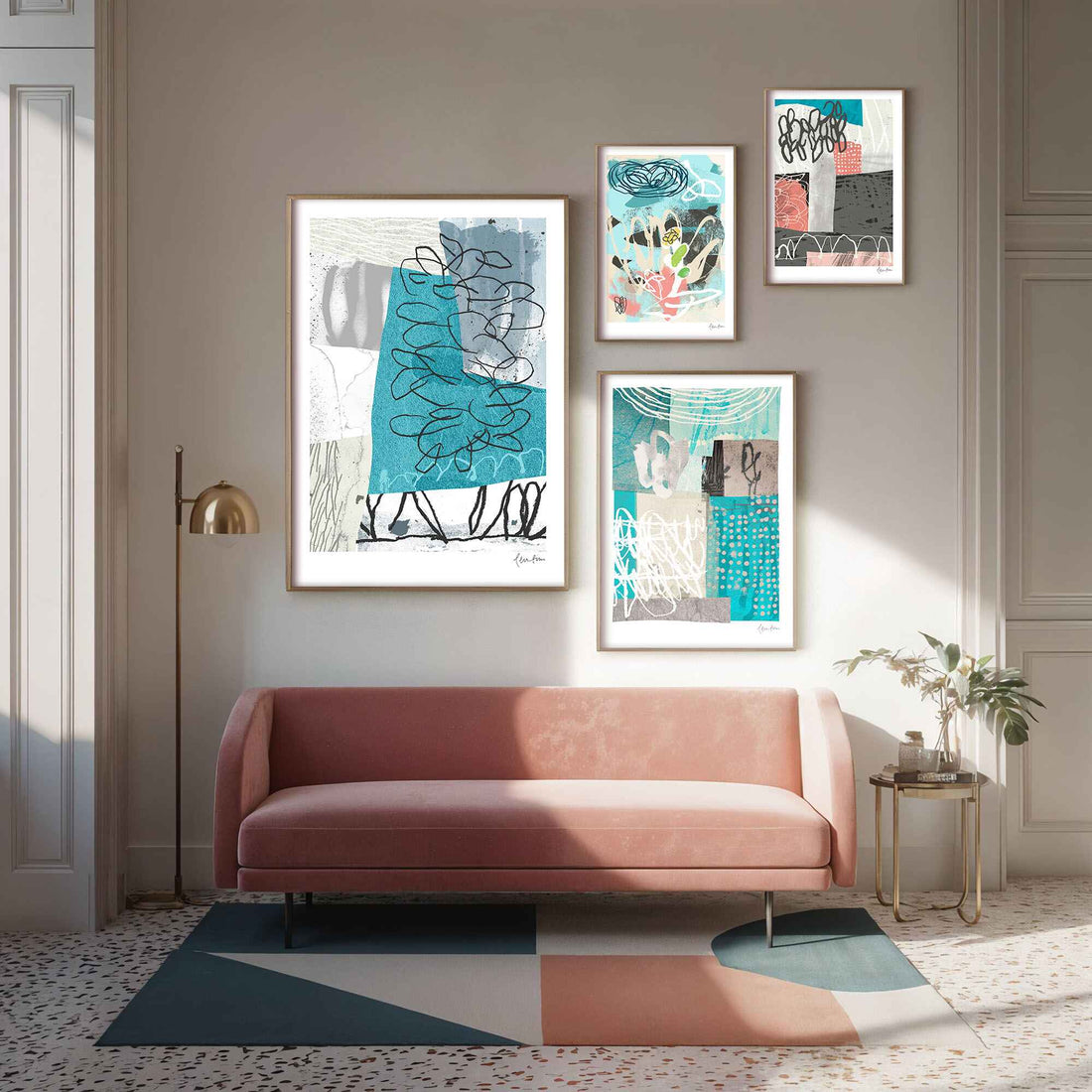After reading the book Art & Fear by David Bayles and Ted Orland, I’ve been reflecting on everything that often goes unsaid about creativity: the fears that come with it, the need to practice without expecting immediate results, and the value of expressing ourselves even if we don’t do it professionally.
These ideas are not just helpful for artists, but for anyone who feels a creative spark inside and isn’t quite sure how to welcome it.
Doing something creative —even something small— can make us feel exposed. Fear shows up: fear of failure, of doing it badly, of not being understood. But as the authors say, fear is not a mistake; it’s a sign that what we want to do matters to us. The key is not to eliminate fear, but to continue despite it. Because creating isn’t about having a brilliant idea and executing it perfectly. It’s about beginning, trying, making mistakes, and continuing.
Art & Fear illustrates this with a simple yet revealing story. A ceramics teacher divided the class into two groups. One group would be graded solely on the quantity of work they produced: 50 kilos of pots would get an A, 40 a B, and so on. The other group had to make just one pot, but it had to be the best they could create. They’d be graded only on quality. At the end of the course, the results were clear: the best pieces came from the quantity group —those who had made many imperfect pots. Why? Because through repetition, mistakes, corrections, and trying again, they learned much more than those who had spent their time planning, hesitating, and aiming for perfection… without really touching the clay. The lesson is powerful: we don’t improve by thinking about how to improve —we improve by doing, again and again.
Creativity is not just an artistic activity. It’s also a way of living more connected to ourselves. When you write, paint, cook, rearrange, compose, or simply express yourself intuitively, you're not seeking approval —you’re trying to listen to yourself. To give form to what’s inside you. Creativity isn’t a luxury reserved for a few: it’s a subtle but deep need that helps us understand ourselves and open windows within our everyday lives.
Even if you’re not an artist, if you feel the urge to express something or do something differently, you don’t have to wait until you’re good at it to begin. Just start. Little by little. And let the process take you somewhere you might never have reached by thinking alone. [WA21]



